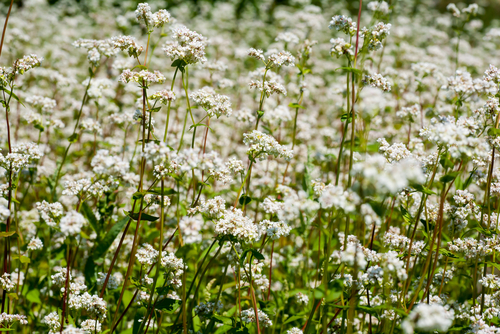



Cover in Times of Crisis: Cover Crops
US - Fickle weather and volatile markets could be reason to grow cover crops, according to Colorado rancher, Andrew Schafer.He says producers could be looking at substitutes for extending already established forages. Although cover crops seem to be a trendy pursuit, they may be the solution for times of limited feed availability, writes Andrew.
Organic Matter

Cover crops have become trendy for many reasons. The simple fact that they will add organic matter to the soil has played largely to this trend. In many regions the all-time peak percentage of organic matter that was ever seen in the soil was the day it was first ploughed.
Since that time the organic matter has slowly eroded away and not been replaced. Cover crops also offer the ability to increase soil nutrients. Many brassicas especially turnips are excellent scavengers of nitrogen, this in turn prevents the available nitrogen from being leeched or washed away.
If legumes such as clover or vetch are incorporated, less nitrogen will need to be applied as fertilizer as well. The incorporation of any legume, due to their ability to create their own nitrogen, will help any stand of forage in regard to soil health.
Mix and Match
Traditionally, cover crops are planted in mid-summer after grain harvest and then the forages are ready to be grazed into fall. Some producers may also consider planting cover crops in the early spring, graze it in the summer, and then plant traditional pasture or winter grain crops.
Either option can help extend the grazing season for livestock and allow for resting other pasture land.
The less traditional approach of planting cover crops into established grass pastures should also be considered. This approach should be assessed particularly when forage is limited. If late spring or early summer forage is limited, the incorporation of triticale in the fall can provide additional grazing that wouldn’t have otherwise been an option since the crop will over winter.

The incorporation of millet or oats into pastures that are rested in the summer and utilized in the fall and early winter months should also prove viable in providing additional roughage and organic matter. In any of these crops, stand diversity is essential. In a native forage stand hundreds of species can be found in a single acre.
When planting, adding one or two additional species is cost effective as the fuel and labour is already accounted for with the initial crop of choice. In some scenarios the “cocktail” approach could prove valuable in adding diversity. These mixtures could include vetch, clover, lentils, rye, cow peas, teff, radishes, or buckwheat. Every species has benefits to soil health. Whether attracting beneficial pollinators or by sequestering particular soil nutrients into storage.
Variety for You
In regards to varieties, what is successful in one region may not fit another. The list of cultivated brassicas that could be implemented into a cropping program is unfathomable in length. Turnips are the standby and will work in virtually any scenario due to their adaptability. It should be cautioned that while turnips are a good choice, in establish grass stands competition from the grass could inhibit turnip growth.
The best varieties for your region will be the ones that are available and what a local agronomy expert recommends. In the new frontier of species diversity no one way of cover cropping is right. What matters most is how it can be incorporated into your operation.
TheCattleSite News Desk


